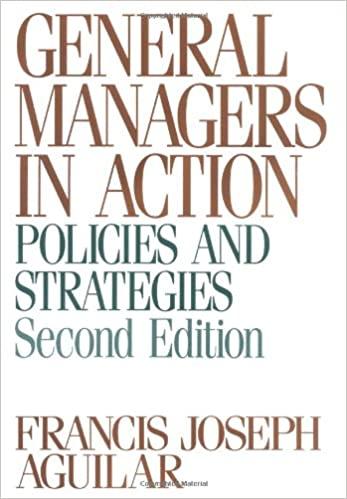Answered step by step
Verified Expert Solution
Question
1 Approved Answer
Module 3 Assessment Read this case study carefully and then answer the associated questions. Case study The NIVEA brand is one of the most recognised
Module
Assessment Read this case study carefully and then answer the associated questions.
Case study
The NIVEA brand is one of the most recognised skin and beauty care brands in the world. NIVEA creme was first introduced in and the NIVEA brand now extends to product ranges worldwide, from suncare to facial moisturisers, deodorant and shower products.
In when Beiersdorf, the international company that owns NIVEA, launched its NIVEA FOR MEN range internationally, it broke new ground with its aftershave balm product. It was the first balm on the market that did not contain alcohol, which can irritate the skin. It proved very popular with consumers.
In NIVEA FOR MEN developed a fuller range of male skincare products. This reflected the growing social acceptance of these products with male consumers. The brand was able to exploit its knowledge of the skincare market. The companys research showed men mainly wanted skincare products that protected the face after shaving. Men were willing to buy products that helped calm and soothe irritated skin caused by shaving.
The NIVEA FOR MEN brand was launched in the United Kingdom in At that time total annual sales of mens skincare products facial and shaving preparations in the UK were only million with the male facial product sector worth only million.
Sales of male skincare products have grown steadily since the launch of NIVEA FOR MEN and the market in was worth over million with male facial products worth million.
NIVEA FOR MEN wanted to increase its share of the UK male skincare market. This case study examines how NIVEA relaunched the NIVEA FOR MEN range in This was part of its overall plan to develop the range in the UK It shows how the company developed a marketing plan for the relaunch and organised its marketing activities to achieve its aims and objectives.
The Times Business Case Studies,
List and explain all the steps involved in conducting a marketing audit.
Explain each of the SMART requirements that need to be met by the marketing objectives. Give examples from the case study.
There are six steps in the evaluation and control process; discuss all six and use the case study to strengthen your answer.
Step by Step Solution
There are 3 Steps involved in it
Step: 1

Get Instant Access to Expert-Tailored Solutions
See step-by-step solutions with expert insights and AI powered tools for academic success
Step: 2

Step: 3

Ace Your Homework with AI
Get the answers you need in no time with our AI-driven, step-by-step assistance
Get Started


